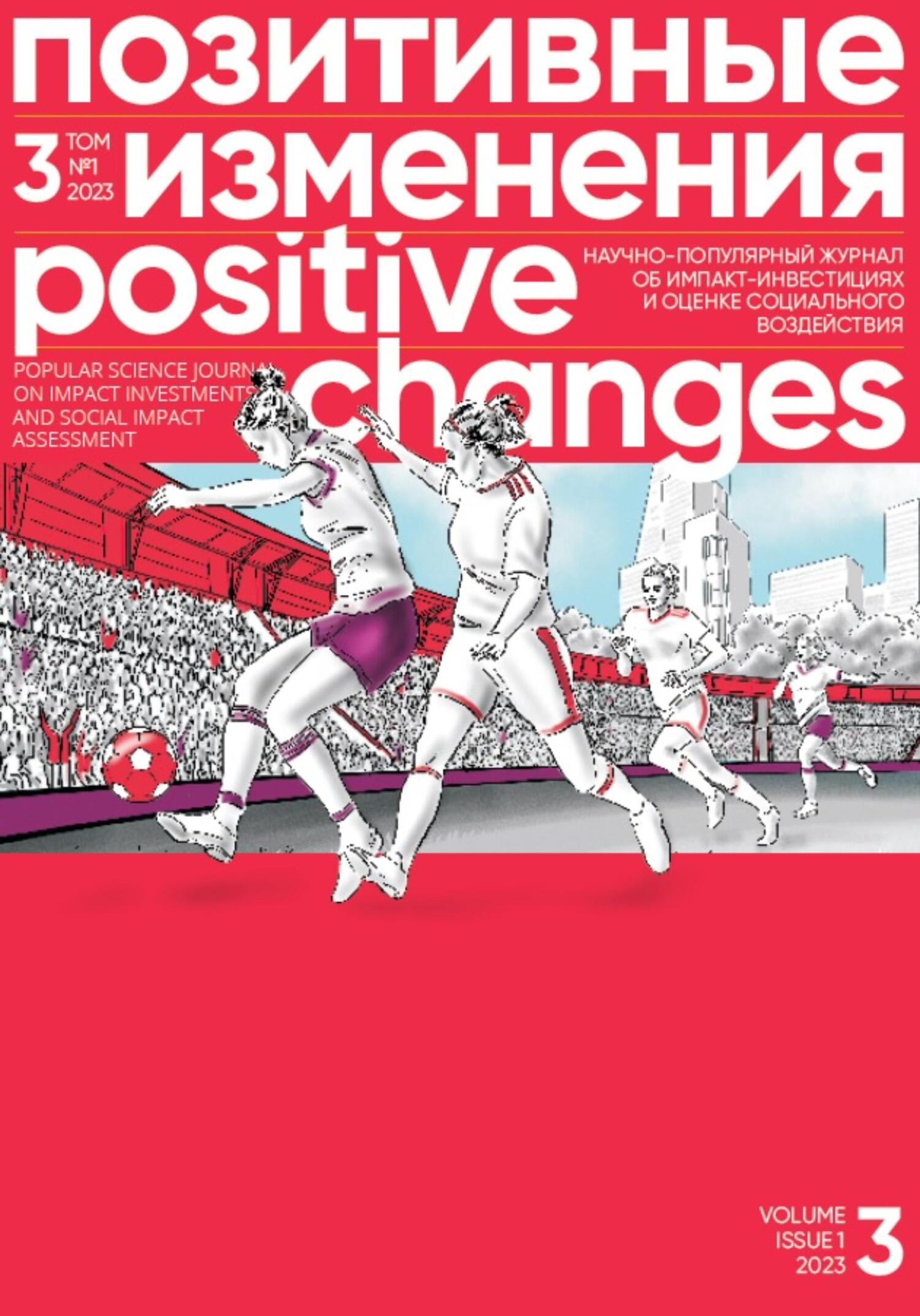Книга Позитивные изменения. Том 4, №1 (2024). Positive changes. Volume 4, Issue 1 (2024) - Редакция журнала «Позитивные изменения»
Шрифт:
Интервал:
Закладка:
• The company as a whole.
All these stakeholders are crucial to the project’s success. The CC cannot thrive without the involvement of store managers and staff. Moreover, meaningful and relevant activities heavily rely on local stakeholders, while community building is impossible without store guests and event participants. Thus, the project’s complexity lies in balancing the interests of at least three key stakeholders.
COMMUNITY OUTCOMESWhile the CC primarily serves as a community activity, research suggests it also facilitates community development. Often, individuals view stores not just as shopping venues but also as spaces for engagement, charity, social connections, and support. Through the project, communities, environments, and stores become more interconnected, and the company’s brand gains social significance among customers and employees alike.
Based on insights from CMs, store directors, and employees, it is evident that CCs bring about noticeable changes in store guests’ experiences. According to the B4SI model, these changes need to be characterized based on their impact depth and nature.
Overall, observations from CMs, store directors, staff, and event organizers indicate a positive reception towards CC activities among guests, who show interest in participating. Some employees and CMs even note guests’ willingness to contribute to these activities. Thus, stores are gradually evolving into places where people engage in meaningful events and acts of kindness.
Project participants point out a distinct difference in community involvement in CCs between large cities and small towns. In rural settlements lacking cultural centers, libraries or public spaces, the store hosting a CC becomes the only spot for the residents to gather and have a chat or do something together. However, these communities already have established themselves.
Figure 2. Community Stakeholder Map for the CC Project
The study explored the initial assumption that CCs might appeal more to specific target groups like children, parents, older adults, or youth. However, participants noted that no particular group dominates. Participation often depends on the store’s location and the activities organized by local organizations or individuals. For instance, the presence of childcare facilities near the store tends to attract more children and parents to CC activities.
Based on feedback from focus group participants, we have made the list of the primary outcomes that community members achieve through the project:
• Cultivation of neighborly bonds and mutual support;
• Personal growth and fulfillment;
• Broadened social circles;
• Acquisition of new knowledge and skills;
• Active involvement in charity, including volunteering;
• Improved emotional and psychological well-being.
This comprehensive list has become the basis for the creation of a stakeholder map titled “Community” (Figure 2).
PROJECT IMPACTThe CC project’s impact on organizations was clarified through focus groups involving stakeholders who organize CC events. The discussions revealed positive effects across various domains outlined in the B4SI model.
Presently, the project organizes events involving:
• non-profit organizations;
• municipal budgetary organizations;
• commercial enterprises;
• civic-minded individuals.
In numerous instances, events are conceived and executed by the CMs themselves, with some initiatives even managed by store directors.
The task of sourcing and engaging event organizers largely falls to the CMs, primarily through informational outreach and face-to-face interactions. The selection of organizers often hinges on their proximity to the store, involving organizations operating within the city, town, or region. Collaborations with prominent NGOs at the regional or federal level, such as the Love Syndrome, Downside Up, and Joy of Old Age foundations, also take place occasionally. Additionally, CCs actively participate in large-scale network campaigns organized by X5 Group in collaboration with major partners.
Event formats span exhibitions, workshops, lectures, concerts, book exchanges, informational campaigns, etc. The choice of a particular CC’s format depends largely on store capacity and staff availability.
According to many focus group participants, events catering to children and the elderly gain the most traction. However, the theme and target demographic often align with the event organizer’s mission and audience.
Figure 3. “Event Organizers” Stakeholder Map
Event organizers participating in focus groups highlighted several key outcomes stemming from their involvement in the project:
• Access to additional resources such as PR, advertising, venues, and event materials;
• Expanded support base for the organization, including participants, subscribers, and partners;
• Increased customer engagement and sales;
• Enhanced organizational image and status;
• Widened customer base, attracting new participants;
• Growth in volunteer numbers;
• Increased trust and loyalty among customers and stakeholders;
• New experiences and empowerment opportunities for staff;
• Greater opportunities for staff to engage in social initiatives;
• A platform to materialize personal initiatives, improving self-esteem;
• Potential for securing additional funding.
This comprehensive list has become the basis for the creation of a stakeholder map titled “Event Organizers” (Figure 3).
Speaking of environmental impact, he B4SI model incorporates environmental enhancements resulting from backing environmental projects, along with positive shifts in behavior towards ecological concerns and sustainable consumption. During focus group sessions, participants unanimously emphasized the CC’s role in hosting environmental activities, mainly aimed at altering people’s ecological behaviors, encompassing waste segregation, recycling, item reutilization, etc.
To quantify the project’s environmental footprint, the model should indicate the proportion of environmental initiatives within the CC’s overall event portfolio. Additionally, specifying the number of such events and the allocated

























